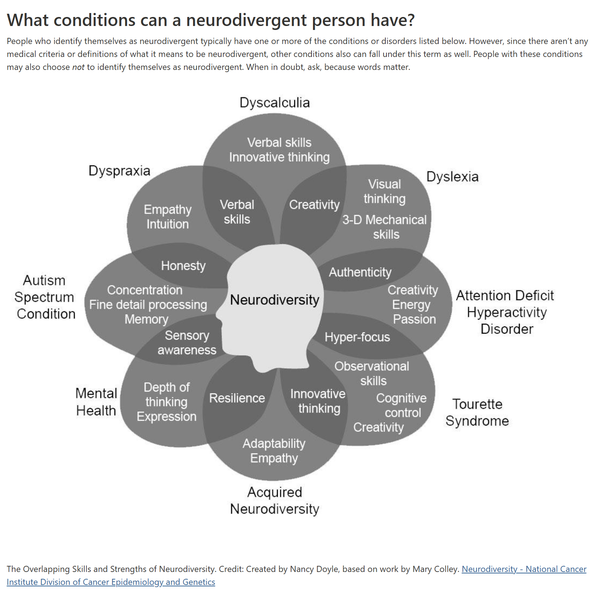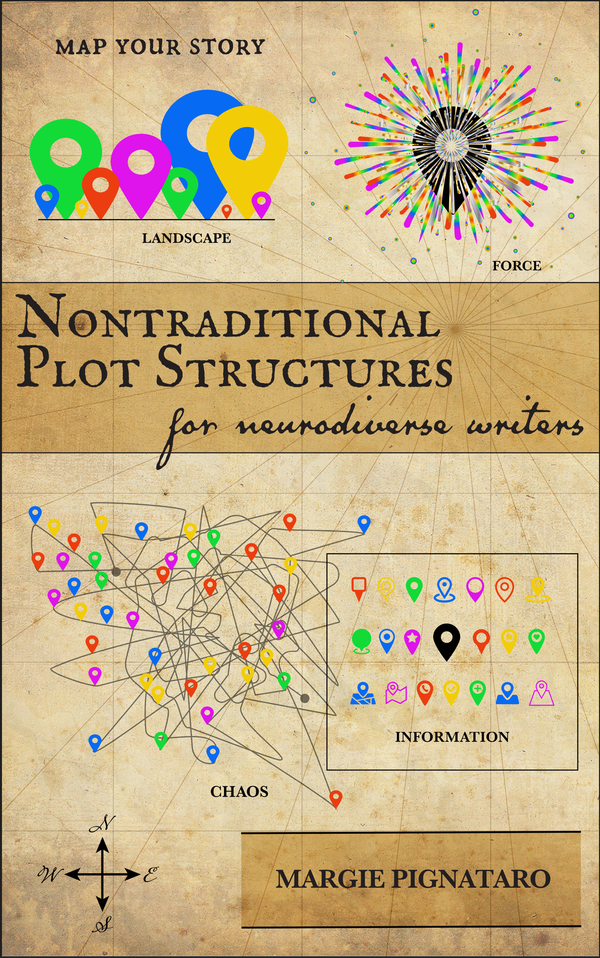Asymptotes and God from the Volvo
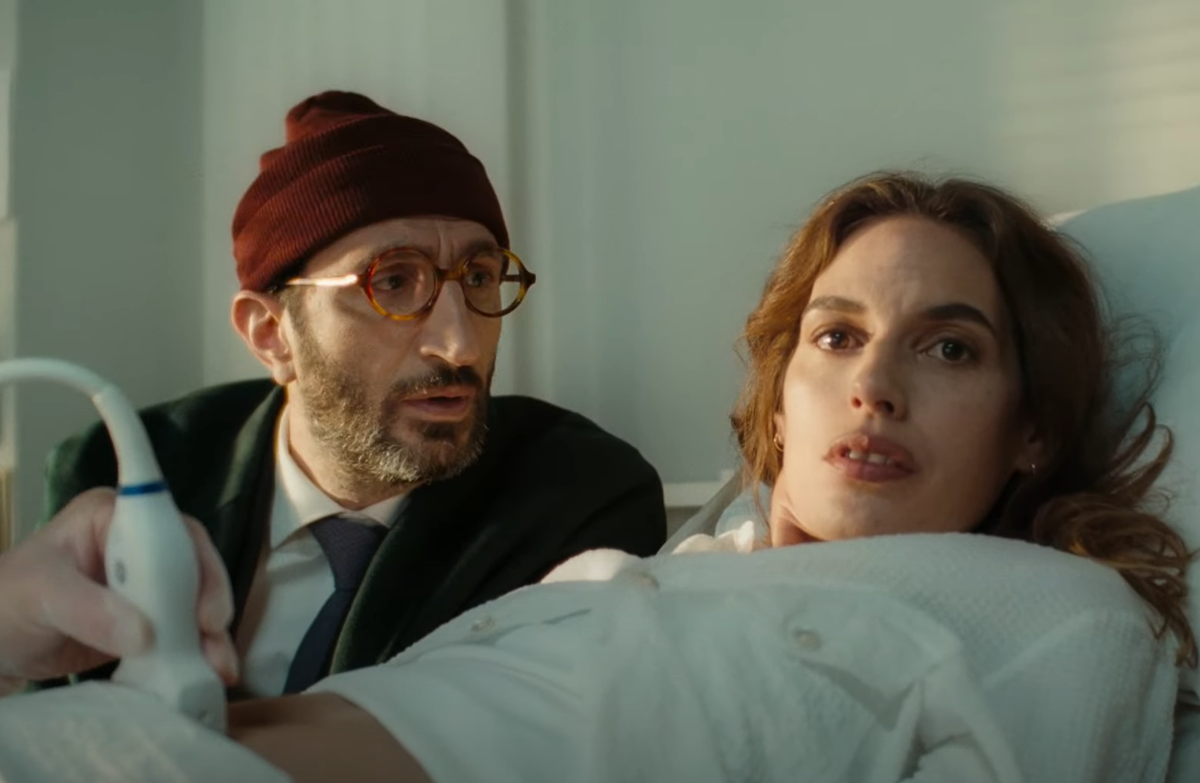
an excerpt from my forthcoming ebook Nontraditional Plot Structures for Neurodiverse Writers
There is a version of the Journey plot structure that I refer to as an Asymptote. It is very, very common and, as far as I can tell, ignored in discussions about writing and plot structures.
A Journey structure is one everyone would recognize.
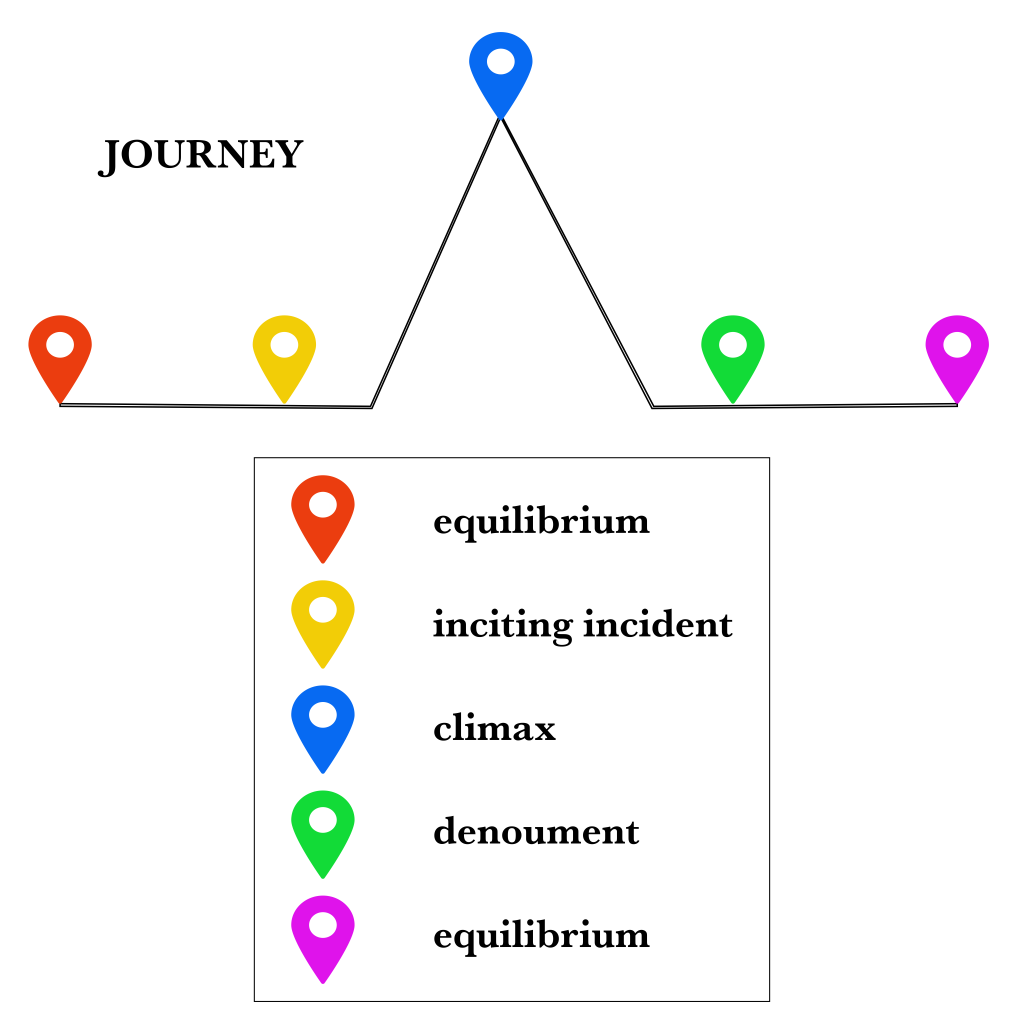
- The plot has a beginning, middle, and end.
- The world begins in equilibrium: there are no conflicts and everything is fine.
- There is an inciting incident that begins the events of the story. This event pushes the “world” out of equilibrium. The world is in danger and must be set aright.
- The story follows a hero who must achieve a goal of high stakes. This goal must be difficult and solid. We must be able to know clearly and obviously when the hero has achieved the goal.
- The hero will face obstacles, set backs, even weakness. At some point, the hero will undergo a crisis and question everything.
- At the climax, everything changes. Everything that will happen after this point is entirely different than what came before.
- After the Hero achieves the goal, all questions are answered.
- The world is again in a state of equilibrium.
A Journey always moves from point A to B, equilibrium to equilibrium. Point A is when the hero obtains the goal. Point B is when the goal is achieved. Point A is the beginning and Point B is the endpoint. The endpoint must be a solid, clear goal. The audience will know the exact point the hero has achieved the goal.
But there are Journey plots that don't have solid, clear goals. The plots don't begin with the hero having a clear goal. The end points don't necessarily end.
Think of it in terms of a slasher movie. The movie begins with the killer killing someone. Other characters try to get away. Eventually, one character manages to kill the killer and the killing stops. (Often, though, the killer resurrects or gets away at the end and the killing presumably continues.)
This structure is what I refer to as an Asymptote structure.
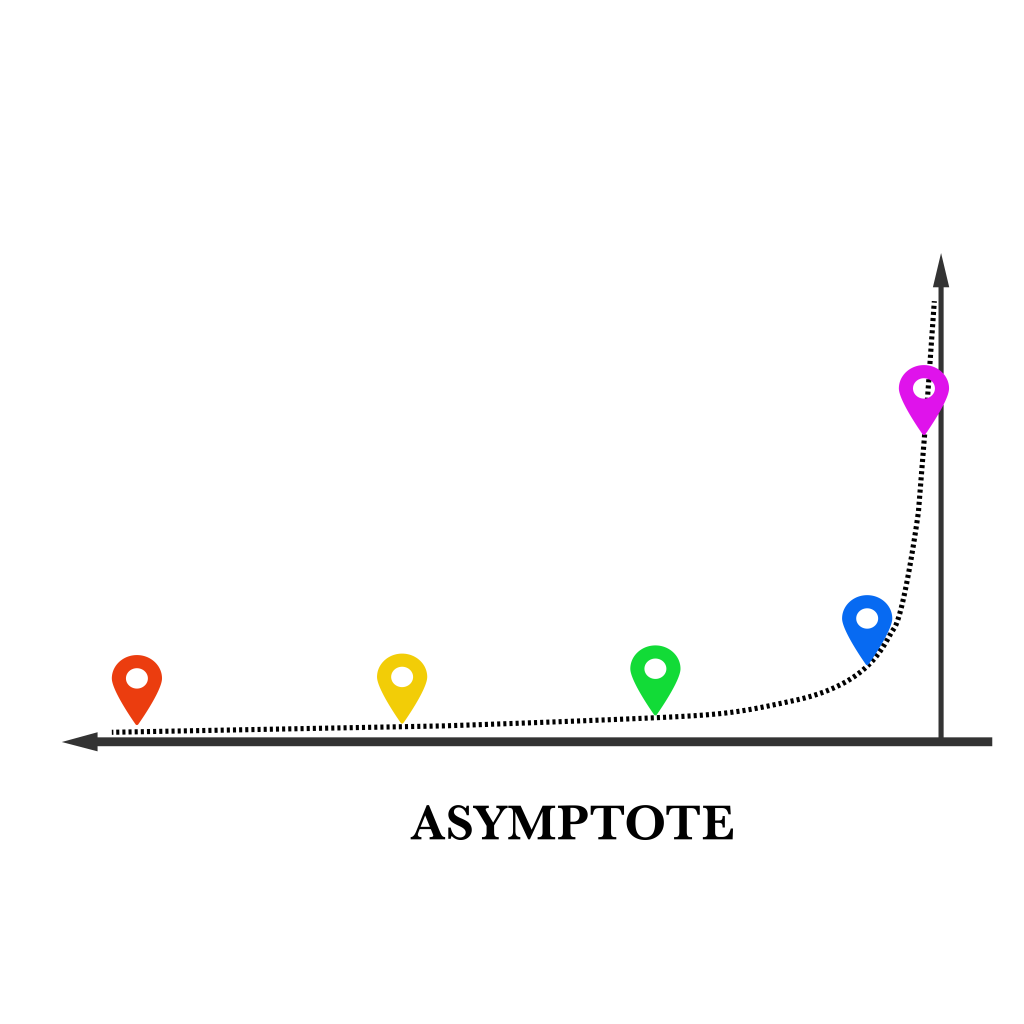
An asymptote is a mathematical concept in which a line never touches either the X or Y axis.
A Journey structure would have the line intersect the axes at the beginning and end. But in an Asymptote structure, there's no solid beginning and no solid ending.
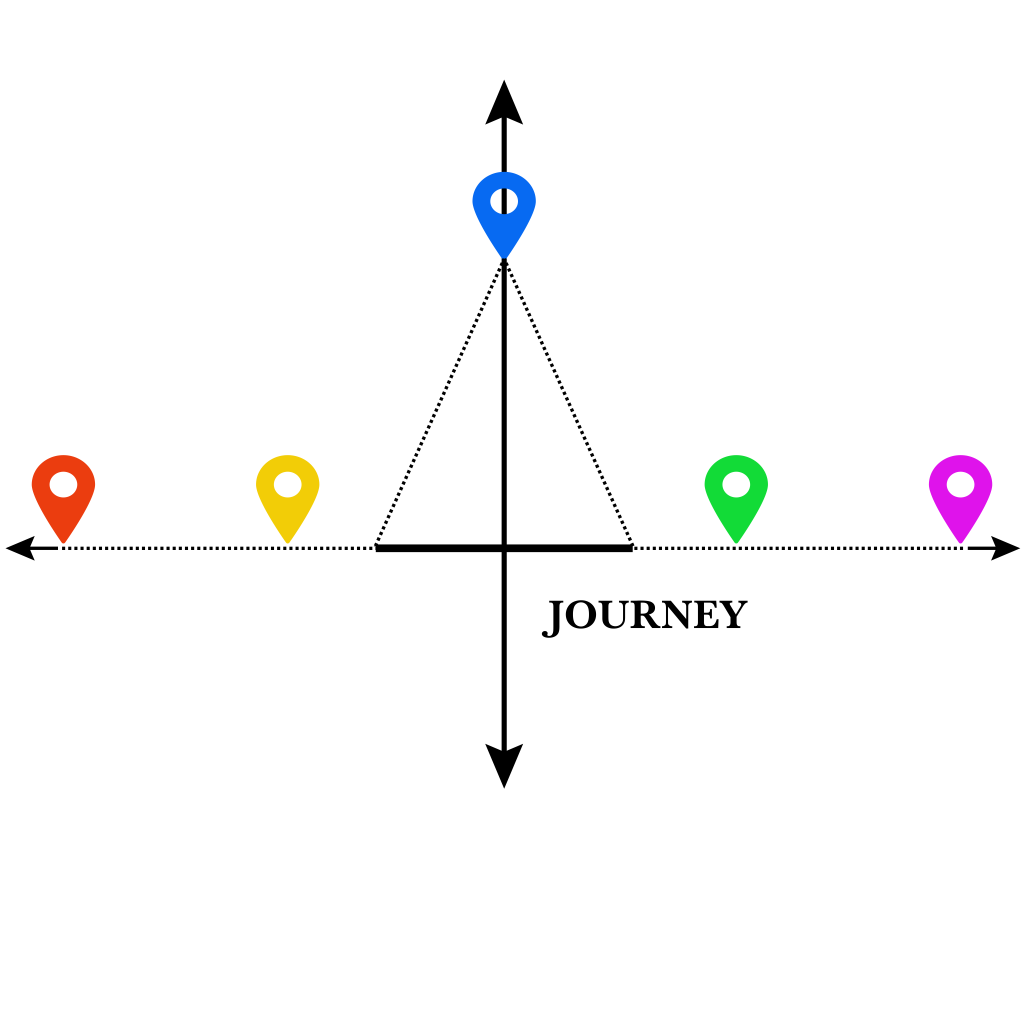
An Asymptote structure is a Journey without an end and possibly without a beginning. It approaches an end, but never attains it. It also seems to start in the middle of a story.
Neither of these things are important in an Asymptote plot because “It’s not about the destination: it’s about the journey.”
An Asymptote plot can be an abstract experience or a mental Journey. It is moving from one feeling or belief to another. There is a change that occurs during the Journey caused by a catalyst. There are physical actions that can happen to fulfill the Journey, but they may not seem helpful or successful.
It may seem like nothing at all is happening.
The following is an extended excerpt from my free ebook Nontraditional Plot Structures for Neurodiverse Writers. It is an extended analysis of a Volvo commercial, it's Asymptote Plot structure, and it's morality-tale message.
When I was studying graphic design, I read a book called Design is Storytelling by Ellen Lupton. I learned quite a lot, and it left me questioning the possible moral ambiguity of advertising (something I also considered having watched all of Mad Men). But, the book is a fascinating look at how storytelling, plots, and characters are used in commercials, social media ads, websites, billboards, and anything involved in someone trying to sell you something.
It also taught me a lot about the Journey plot, and how to use it to manipulate people. That is a coarse way of phrasing it, but it is the intention of advertising.
Ads focus on convincing consumers to buy the product or service the company is offering. This is basic knowledge. How ads attempt to convince consumers is something that has changed through the years. Early advertising (think Sears Roebuck catalogues below) focused on the products. Companies told you what you were getting and why it’s awesome.
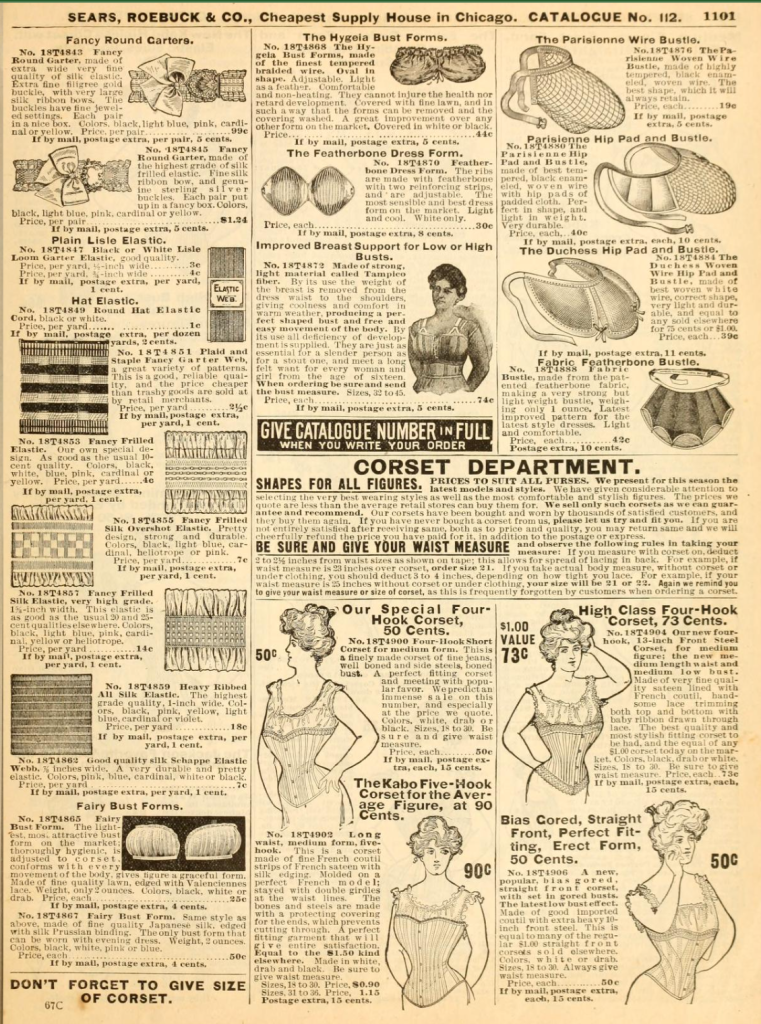
In the 60s, the Mad Men era, advertising began to pivot. It began to focus on selling not products, but experiences and emotions. As Don Draper pointed out in the pilot episode, advertising sells "happiness".
Most advertising today uses this tactic solely. It does so by telling a story in which the consumer is going on a Journey and attains what they really want to buy, which is an emotional state. But this isn't a conventional Journey. It's an abstract, mental Journey: it's an Asymptote.
My favorite examples are car commercials. I did a search for Volvo commercials and found one that is over the top with its Asymptote plot.
It’s called “XC60: The parents”. It appeared in 2021, but the 2025 isn’t very different. The Volvo website describes the XC60 2025 edition as “Like your smartphone, but bigger. Intelligent design at every turn. Meet our smart midsize SUV with Google built in.” The interior is described as “Your new second home. A personal and comfortable interior.”
[youtube https://www.youtube.com/watch?v=b2Uv18yOoN4?si=zznMmZgrcB1VEvAi&w=560&h=315]
The commercial for the 2022 XC60 follows a couple, beginning with the moment they view an ultrasound of their twins. Their expression is shock and fear. Time skips forward. The couple is shown repeatedly going to the grocery store to buy heaps and heaps of diapers. The father nearly succumbs to an avalanche of diapers.
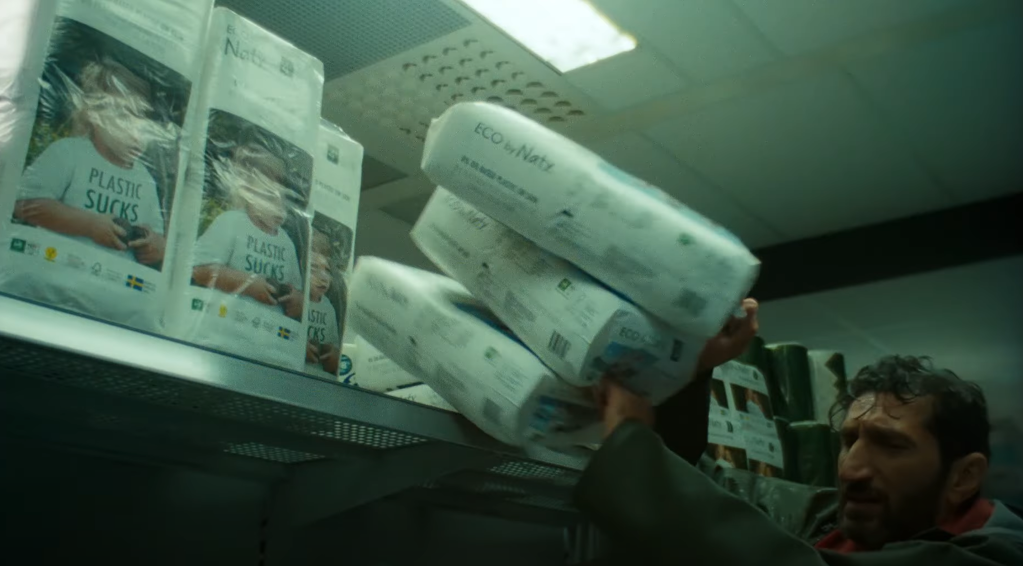
They seem to be at the store more often than they’re actually in their own home. They drive at what seems to be top speed around a European city, back and forth on highways. Clips of them in their home show them struggling desperately to baby-proof rooms as their twins are very active. This is significant.
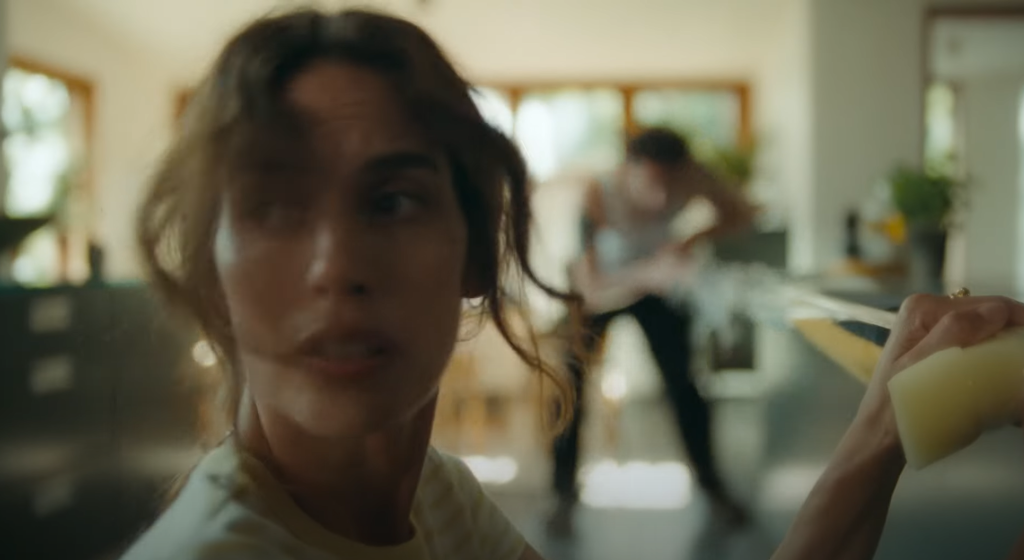
The commercial closes with the woman driving home at night, and begins to doze off. A semi truck is headed right for her, but when her car begins to coast into the next lane, her Volvo corrects and keeps her within the lane.. In the last shot of her, she is stunned.
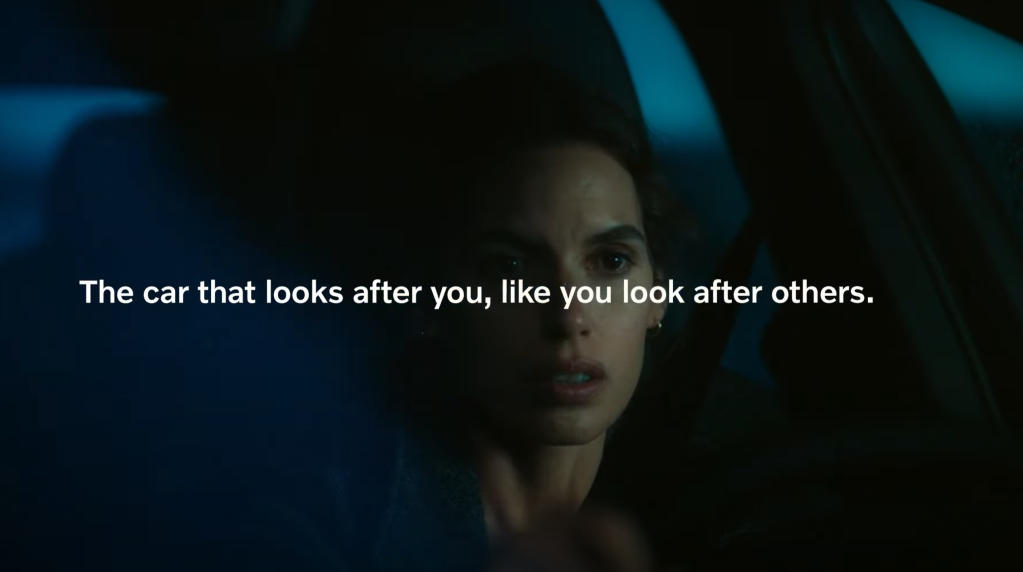
The tagline: “The car that looks after you, like you look after others.” It’s followed with one other line: “Volvo XC60 with Lane Keeping Aid. For everyone’s safety.”
There’s no dialogue in the commercial. The characters are middle class and live in a European country. They commute (presumably) to work in the city and live in the country. Their house is immaculately decorated in a standard style. It’s clean and attractive. It seems nestled in cozy woods. It appears ideal.
Their lives are not easy, as we see immediately and instinctively know. We understand they’re overworked and exhausted and we know why: raising twins is tough, especially when it seems it’s only the two of them. No other family or friends are present.
In fact, only their Volvo is present.
The commercial focuses on diapers in relation to taking care of children, which, I think all would agree, is some of the dirtiest, least appealing aspects of parenthood. The multiple packages of diapers they purchased demonstrate they’ve done a lot of dirty work. Diapers also represent protection. A baby wears diapers that must be changed for health reasons. Keeping children clean from potentially dangerous bacteria is vitally important.
Their life is a story Volvo is telling. They want viewers to identify with this narrative, this Journey of parenthood and struggling through childrearing and, most specifically, exhaustion.
The frantic childproofing is also significant: this threads through the commercial an element of potential life-threatening danger. It focuses on the children at first, but it introduces the possibility of violence into the commercial's universe. It foreshadows the averted accident at the end.
The violence is accidental. This is also important. Children falling off furniture is an accident. Just as if a parent falls asleep while driving is an accident, too. The commercial isn’t interested in assigning blame. The parents are making frantic efforts to protect their children---but have they protected themselves?
This is the story: parents who embark on a Journey of starting a family. This is an Asymptote plot: it is composed of disconnected physical and mental events, moving from one feeling or belief to another. These events are not solidly connected into a story with a clear goal, though there is coherent cohesion created by the frame of the family. There is always movement forward, though we don't know where we are going.
Then the story changes. The Volvo is on a dark road in the country. The mother is driving and looks exhausted. Presumably, she has gotten up in the middle of the night to change the twins and has realized they are out of diapers.
As she drives, she begins nodding off. We know, by our vast experience with storytelling, that we are building to a climax. Her nearly nodding off while driving is something anyone who has done a significant amount of driving, especially at night, can relate to.
The truck appears. She drifts. Volvo automatically moves the car back into her lane and saves her.
Volvo makes this very clear: her Volvo saves her. The mother would be dead if it wasn’t for Volvo.
Volvo drives this home with its second tagline: “For everyone’s safety”. Volvo will save your entire family, including your children.
This is all we’re told about the car.
So what is the plot that’s occurring in this?
The parents have kids, time passes, their life takes a toll on them, endangers their lives, could possibly kill them, despite them being good people who “look after others”. It’s a dangerous world and everyone is vulnerable. Bad things happen to good people, but Volvo saves the day. The parents learn that their good judgment in buying a Volvo saved their lives, and will continue to protect them.
These are emotional steps in the plot. The events are connected through what the parents feel, not by what they do. They are not conventionally active; they don't have a solid goal. They are reacting to the world, but the world can be too much for them to protect themselves.
More significantly, Volvo looks after you like a mother. Babies see their parents as people with complete power. Parents take care of them when they don’t know they need taking care of. Think of the childproofing and the energetic children. The parents are also running about and, presumably, need a parent figure to look after them.
This plot reads more like a morality tale, and its purpose is to make money.
This commercial and story is aimed directly at mothers who feel scared and vulnerable and worry they can’t protect their children. They go so far as to worry that they aren’t good mothers at all. The mother in this commercial would feel entirely responsible for nearly colliding with the truck. The truck didn't drift into her lane: this is important. The mother must be relieved, guilty, and afraid at the end of the commercial. The mother must feel grateful for owning a Volvo. This is the end of the Asymptote plot. We couldn't have predicted that this is where the story was going. It simply happened.
To be a well-balanced plot, the commercial should have opened with the very pregnant wife and husband buying the Volvo. That way we clearly see that the pregnancy and Volvo are intertwined. So why wasn’t this choice made?
If the story had begun with the parents being active, they would have needed to conclude the story doing something equally active. The mother would have saved herself.
But what we have instead is a deus ex machina or ἀ ἀπὸ μηχανῆς θεός: translated as “god from the machine”. It is a plot device in which something unexpected and unlikely swoops in at the last second and brings an end to a story. Euripides used this technique in Medea, when she escapes in a chariot drawn by dragons provided by the god Helios. (Aristotle criticized this use in Medea, and generally found the device a weak writing choice.)
Volvo didn’t want us to believe that anything could help her. They wanted us to feel the danger and the hopelessness. This kind of accident happens all the time to good people who take care of others.
But Volvo came to the rescue. Volvo saved her. If you want to follow the weird logic, god has come from the Volvo and saved the woman.
The story is about Volvo saving their lives. This is not truly an ending because, what really has changed?
Loyalty. All of this has been a demonstration for the family, the mother in particular, of Volvo's worthiness, it's necessary presence in their lives. Perhaps a lifelong devotion.
What about the husband? Where has he gone? What does he feel? We must assume he's equally grateful. His presence isn't needed because he hasn't been active and isn't required to fulfill a solid goal. Asymptotes don't require characters to be accounted for. The father can and does fade into the background. (This is probably deliberate: the commercial isolates the mother, alone on the dark road, without her husband to help her.)
Volvo wants consumers to purchase their safety, their lives, and the lives of their children. That is the experience Volvo is selling. The car is secondary. The safety and lives of families, though, costs about $45,000.
N.B. It’s worth mentioning that Volvo, for legal reasons, must state in fine print that “The driver remains responsible for the vehicle at all times”. This, of course, negates the entire story of the commercial.
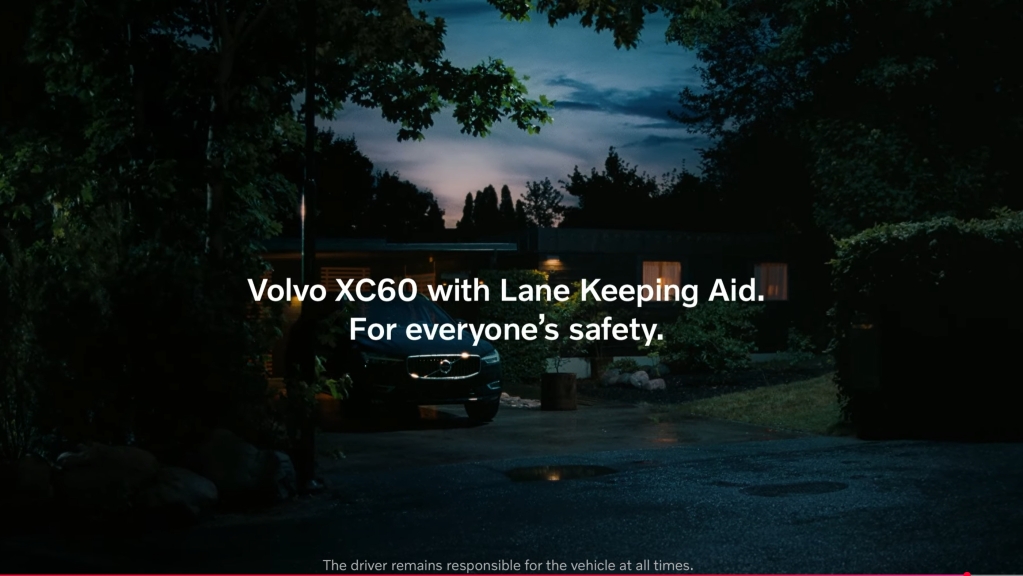
If you've gotten this far, thank you so much. My ebook will be out sometime in March (at the time of this post I'm beginning the final editing phase). It is massive, having about 120 pages. It's full of images, diagrams, and links. I use examples spanning from the ancient Greeks to present day, including visual art, novels, plays, video games, TV shows, movies, poetry, and, of course, commercials. If you'd like to know when it's finally available, send me a message or leave a comment.

